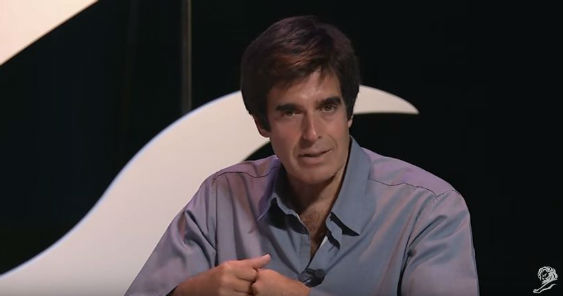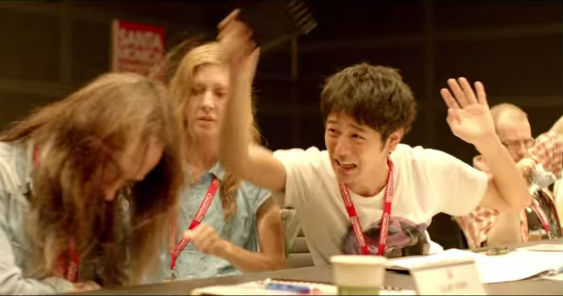ASIA-PACIFIC – CHINA, OCTOBER 1, 2012 – Wunderman Shanghai will be handling Jaguar Land Rover China’s aftersales business, overseeing all aspects of customer service communications.
Wunderman will be responsible for all aftersales owner communications, keeping owners informed of the vehicle maintenance, as well as special accessories and offers.
Jaguar Land Rover China sales EVP Bruce Robertson said, “We see our aftersales services more of an extension of the total Jaguar and Land Rover premium owner experiences. Improving customer services is a key priority for us this year.”
Wunderman general manager Bryce Whitwam: “In today’s digital environment, the importance of customer services extends beyond owners, to customer prospects as well, because Chinese consumers really pay attention to customer experiences posted online before purchasing their next automobile.”




